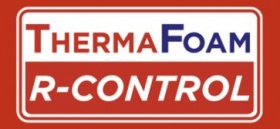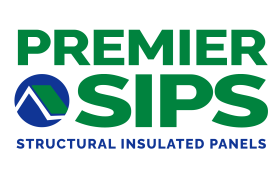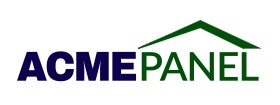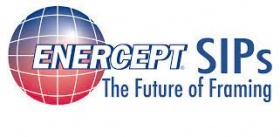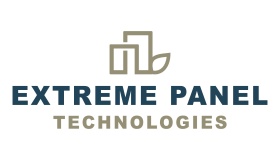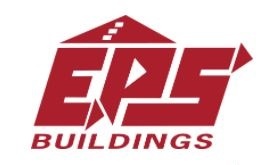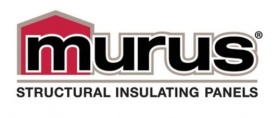With SIPs, The Future of Building Construction Has Never Been More Promising
In the dynamic world of construction, where innovation and reliability converge, one building material stands tall - Structural Insulated Panels (SIPs). With their exceptional performance and numerous benefits, SIPs offer a solution for constructing buildings with utmost confidence - ones that are efficient, sustainable and built to last. Thoroughly backed by trusted research and third-party data, SIPs have earned their place as a superior building material. Below, let’s explore the wealth of evidence that cements SIPs’ position as a trusted choice for sustainable and reliable building solution.
Setting the Standards for Excellence
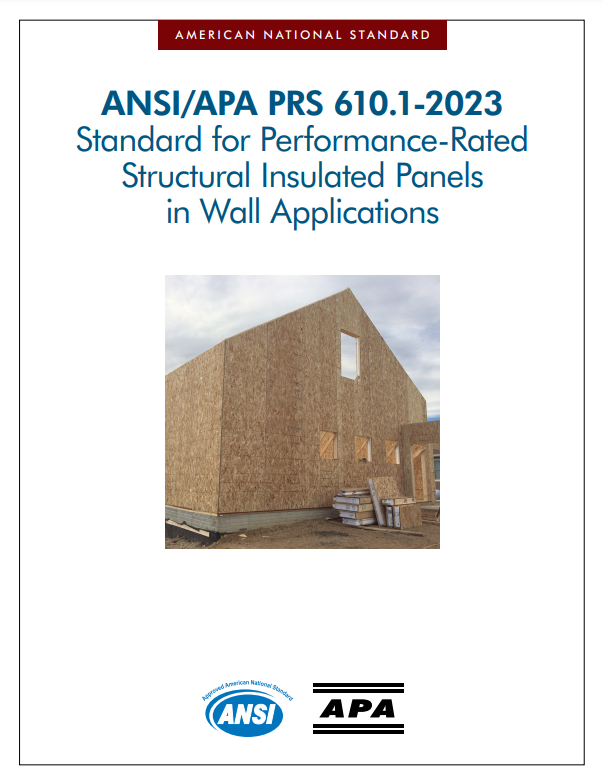
The foundation of trust lies in well-defined standards. Here at SIPA, the Structural Insulated Panel Association, we are dedicated to upholding the highest level of quality in the industry. Our commitment to excellence is complemented by the APA-Engineered Wood Association, a third-party industry authority that plays a pivotal role in establishing standards for various wood products, including SIPs.
The APA-Engineered Wood Association leads the renewal of SIP standards, further reinforcing SIPs’ status as a reputable and trustworthy choice for construction projects. Their latest report of the Standard for Performance-Rated Structural Insulated Panels in Wall Applications ANSI/APA PRS 610.1-2023, released in January, solidifies the credibility of SIPs as a preferred building material. This national standard not only defines the specifications for SIPs (manufacturing, qualification, quality assurance, design and installation requirements) but also guides the acceptance criteria for the three main raw materials that constitute a SIP - OSB, rigid foam and adhesives
Backed by Rigorous Evaluation and Code Compliance
SIPs’ credibility is firmly bolstered by rigorous evaluations and compliance with industry codes. The International Code Council (ICC) has formulated specific acceptance criteria, known as the ICC-ES AC04, for evaluating “sandwich panelized” construction products. SIPs confidently pass this evaluation, exemplifying their ability to meet building codes and safety standards with ease. View all Building Codes and Standard Reference Documents.
- ACME Code Report ESR-4690
- Enercept Code Report ESR-1780
- Enercept Code Report ESR-4693
- Energy Panel Structures Code Report ESR-4697
- Extreme Panel Code Report ESR-4524
- FischerSIPS Code Report ESR-4694
- Foard Panel Code Report ESR-4691
- Insulspan Code Report ESR-1295
- Insulspan Evaluation Report CCMC 13016-R
- Lamit Legacy Code Report NER-467
- Murus Code Report ESR-4696
- Murus Polyurethane Code Report ESR-4784
- Porter Code Report ESR-4692
- Preflex ESR-5318
- Premier Big Sky R-Control ESR 4782
- Premier SIPs Code Reports
- Quacent Quality Certificate
- SIPA Master Code Report ESR-4689
- ThermaFoam R-Control Code Report ESR-4780
- Urban Industries Code Report ESR-4695
Embracing Nature's Challenges
Building resilience against natural forces is a key concern for any construction material. As natural disasters become an increasing concern, SIPs rise to the occasion, offering a reliable solution that instills confidence in builders and occupants alike. SIPA will soon release a report illustrating how SIPs meet the requirements for ALL seismic construction zones in the United States. This forthcoming testament showcases SIPs’ exceptional ability to withstand seismic forces, ensuring that buildings remain safe and secure, even in regions prone to earthquakes.
Knowledge Empowers Quality & Trust
At SIPA, knowledge is a cornerstone of our mission. Decades of SIP industry effort and collaboration have resulted in an extensive technical research library such as: Technical Bulletins, SIP Product Test Reports and Whole SIP Building Performance Tests. This wealth of technical research serves as valuable resources for builders, architects and homeowners seeking to understand the potential and benefits of SIPs. Additionally, our commitment to quality is reinforced through regular yearly quality control checks and plant inspections for all SIPA members.
Get Started with SIPs

Embrace the future of construction with Structural Insulated Panels (SIPs), and let your project stand as a testament to innovation and reliability. With their robust compliance with industry codes and their acceptance from third-party industry authorities, SIPs offer not only the assurance of structural integrity but also peace of mind to builders, architects and homeowners alike.
To explore the full potential of SIPs and understand how they can benefit your project, we invite you to visit our website at www.SIPs.org. Here, you’ll find information and resources including Building Codes & Standards, Designing with SIPS & Building with SIPs. Design specifications, Technical Research, Project Showcases, Builder Education and AIA Continuing Education (and more).


